40 understanding sugar content food labels
The Basics of the Nutrition Facts Label - Academy of Nutrition and ... Eat whole-grain breads, cereals, rice and pasta plus fruits and vegetables. Sugars: Simple carbohydrates, or sugars, occur naturally in foods such as fruit (fructose) and milk (lactose) or come from refined sources such as table sugar (sucrose) or corn syrup. Added sugars are included on the updated Nutrition Facts label. Dietitians Say These Are The Biggest Red Flags To Look For On Nutrition ... "First, know how much the label is referring to before moving on to the other information." One common trap is "healthy" foods claiming to be low in calories, but if the serving size will not keep you full it's not worth including, making this the most important step in evaluating the nutritional label. Added Sugar
Food Label Reading - What You Need to Know Added fiber means that 2.5g or more fiber have been added to a food. Free: Sugar-free means the food has less than 1/2g (0.5g) of added sugar per serving. Calorie-free means the food has fewer than 5 calories per serving. Fat-free means the food has less than 1/2g of total fat per serving. Fat contents below 1/2g are not measured.

Understanding sugar content food labels
How to Read Nutrition Labels for Sugar - hekagoodfoods The number of grams of sugar. Keep in mind, one gram of sugar is roughly equivalent to 1/4 teaspoon of sugar. A percentage indicating how much of your recommended daily intake the item contains. While this is helpful to reference, the FDA recommends natural and added sugars account for no more than 10% of your daily caloric intake. Understanding Nutrition Labels - Facty Health Understanding Nutrition Labels. Food manufacturing companies in the U.S. are required by law to label all food products. They are legally required to provide information about calories, fat, sugar, salt, and nutritional values so that consumers can make informed decisions about their purchases. A lot of this information can feel alien, though ... How To Read Food and Beverage Labels - National Institute on Aging Although frozen and canned fruits and vegetables have food labels, fresh varieties often do not. You can find nutrition information for fresh vegetables and fruits on the USDA website. Or you can call the U.S. Department of Agriculture's Food and Nutrition Information Center at 301-504-5414. Understanding percent Daily Value (% DV)
Understanding sugar content food labels. What are other names for sugar found on food labels? Here's a rundown of 56 sugar-related common names to keep an eye on: Malted barley. Barbados sugar is made from sugar cane. Sugar made from beets. Brown sugar is a kind of sugar that has a brown. Syrup with butter. Juice from sugar cane. Sugar made from cane. Understanding Nutrition Labels - Future of Personal Health For individuals with and without diabetes, guidelines recommend consuming less than 2,300 milligrams of sodium per day as part of a healthy eating pattern. Additionally, read the ingredient list on labels to determine exactly what's in the food. The first ingredient on the list represents what the manufacture used the most of in making the food. Added Sugars on the New Nutrition Facts Label | FDA The new Nutrition Facts label can help you compare and choose foods that are lower in added sugars. Check the label to see if foods are LOW or HIGH in added sugars. 5% DV or less is a LOW source of... Nutrition Labelling and Claims - The Canadian Sugar Institute "Sugars" refers to total sugars, and includes all monosaccharides (e.g. glucose, fructose) and disaccharides (e.g. sucrose, lactose) naturally present in fruits, vegetables, and dairy sources, plus sugars added to foods and beverages (e.g. table sugar, honey or syrups).
3 Ways to Improve Your Food Label Literacy | Blogs | CDC FALCPA requires labeling for the eight most common food allergens. They are milk, eggs, fish, crustacean shellfish, wheat, soy, peanuts, and tree nuts. FASTER identifies sesame as a major food allergen. Food labels must start to identify sesame as an allergen beginning January 1, 2023. This Is How to Read a Nutrition Facts Label on the Keto Diet Sugars, Protein, Vitamin A, Vitamin C, Calcium, Iron, Since the 1990s, some changes have been made, including which nutrients manufacturers must clearly list on labels. [ *] Nutrients like vitamin A and vitamin C are no longer required, while vitamin D, potassium, "added sugars," and trans fats must appear on labels [ * ]. Fats, sugar, carbs: How to read a food label (and seven ... - Good Food Keeping our intake of added sugars as low as possible is important. Foods that are less than 10 per cent sugars or that contain less than 5 grams of added sugars are considered low-sugar foods but keep in mind that fresh fruits and dairy also contain some naturally occurring sugars. Reading Food Labels - What You Need to Know - Drugs.com Sugars are another type of carbohydrate in food. The amount of sugar listed on the label is part of the total carbohydrates found in the food. Sugar includes the naturally sweet part of fruit and other foods as well as added sweeteners. Most people should limit foods high in sugar. Protein: The amount of protein in one serving is listed in grams.
What are 10 names for added sugars on food labels? The quantity of sugars in one serving of food is shown on the Nutrition Facts Label on food and beverage packaging in grams (g). Because sugar has no percent Daily Value ( percent DV), use grams (g) as a reference. On a food box, look for added sugars in the ingredient list. What is the term for sugar? sugar's synonyms, carbohydrate. candy. Understanding Nutrition Labels - Medical News Health experts suggest that nutrients like saturated fats, added sugars, and sodium should have a low %DV. Whereas, nutrients like vitamin D, potassium, and dietary fibers should have a high %DV.... Reading Food Packages and Nutrition Labels: Tips for Savvy Shopping Nutrient Claims. The third kind of claim, a nutrient claim, makes a statement about the nutrient content of the food, and for example, may use the words "good" or "excellent."Use of these two words is based on the daily values (DV) for each nutrient. For instance, a package can claim its contents to be a "good source of calcium" if one serving contains 10 to 19% of the daily value ... How to Read Food Labels | mySugr Look at the total carbohydrates, not just the sugar. Total carbohydrates will include sugar, fiber, and complex carbs. Focusing just on sugar content could keep you from eating nutritious foods that have natural sugar, like milk or fruit. Other foods may look low in added sugar but still have a lot of refined carbs.
Your guide to understanding Nutrition Facts labels | The Star The list gives you information on 13 core nutrients: fat, saturated fat, trans-fat, cholesterol, carbohydrate, sodium, fibre, sugars, protein, vitamin A, vitamin C, calcium and iron. If these ...
Reading food labels and choosing healthy kids snacks | Bounty Parents We can check the sugar content of a food by looking at the nutrition panel. Go to the sugar column and look at the quantity per 100g, this will give you the percentage of sugar that this product is made of. For example, if the product has 50g of sugar per 100g, it is 50% sugar.
Consumers' Response to Sugar Label Formats in Packaged Foods: A Multi ... Providing information about the sugar content of packaged foods on product labels is an important strategy to lower consumers' sugar intake. This study assessed the effect of exposure to different sugar labels on consumers' understanding of the sugar content of foods and their food choices.
How to Read Food Labels Like a Nutritionist | HUM Nutrition Blog "A '100 percent organic' label means that synthetic ingredients are disallowed by law, and production processes must meet federal organic standards," says Nelson. "Organic" means at least 95 percent is organically produced. Finally, "made with organic ingredients" means at least 70 percent of the ingredients are organic.
Sugar substitutes trend natural, clean label - Food Beverage Insider Proprietary ADM OutsideVoice research showed that about 70% of consumers said simple, recognizable ingredients influence their purchasing decisions, and 66% said they're looking for labels with the shortest ingredients lists. Of shoppers searching for products with a clean label, sugar reduction becomes 61% more important at checkout.
FDA Clarifies Labeling Rules for Quantitative Claims About Sugar Title 21 CFR 101.60(c) discusses certain sugar content claims and the specific conditions for their use, including the conditions for requiring the accompanying statements "not a reduced calorie ...
How to Understand and Use the Nutrition Facts Label | FDA Added Sugars on the Nutrition Facts label include sugars that are added during the processing of foods (such as sucrose or dextrose), foods packaged as sweeteners (such as table sugar), sugars from...
Consumers' Response to Sugar Label Formats in Packaged Foods ... - PubMed Providing information about the sugar content of packaged foods on product labels is an important strategy to lower consumers' sugar intake. This study assessed the effect of exposure to different sugar labels on consumers' understanding of the sugar content of foods and their food choices. In the f …
What To Look For On Nutrition Labels & Why It Matters Our calories are virtually the same as is the amount of protein. Of course with a protein powder, looking for the most amount of protein is what gives you that desired muscle growth and enhanced recovery. Next is to look at the amount of carbs and fat. Both these products have 2 grams of carbs which isn't anything crazy in the grand scheme of ...
How to Read a Nutrition Facts Label | Everyday Health Most of the sugar in the American diet comes from packaged foods, such as sugar-sweetened beverages, desserts, and snacks, according to the CDC. The current dietary guidelines recommend no more...
How To Read Food and Beverage Labels - National Institute on Aging Although frozen and canned fruits and vegetables have food labels, fresh varieties often do not. You can find nutrition information for fresh vegetables and fruits on the USDA website. Or you can call the U.S. Department of Agriculture's Food and Nutrition Information Center at 301-504-5414. Understanding percent Daily Value (% DV)
Understanding Nutrition Labels - Facty Health Understanding Nutrition Labels. Food manufacturing companies in the U.S. are required by law to label all food products. They are legally required to provide information about calories, fat, sugar, salt, and nutritional values so that consumers can make informed decisions about their purchases. A lot of this information can feel alien, though ...
How to Read Nutrition Labels for Sugar - hekagoodfoods The number of grams of sugar. Keep in mind, one gram of sugar is roughly equivalent to 1/4 teaspoon of sugar. A percentage indicating how much of your recommended daily intake the item contains. While this is helpful to reference, the FDA recommends natural and added sugars account for no more than 10% of your daily caloric intake.

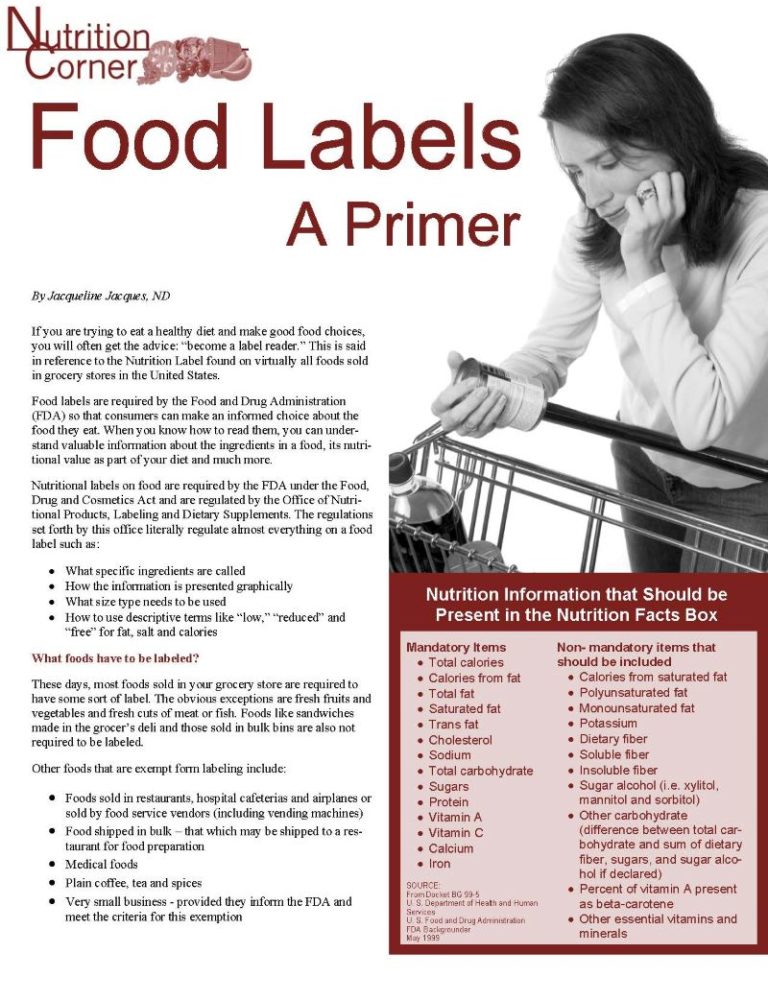
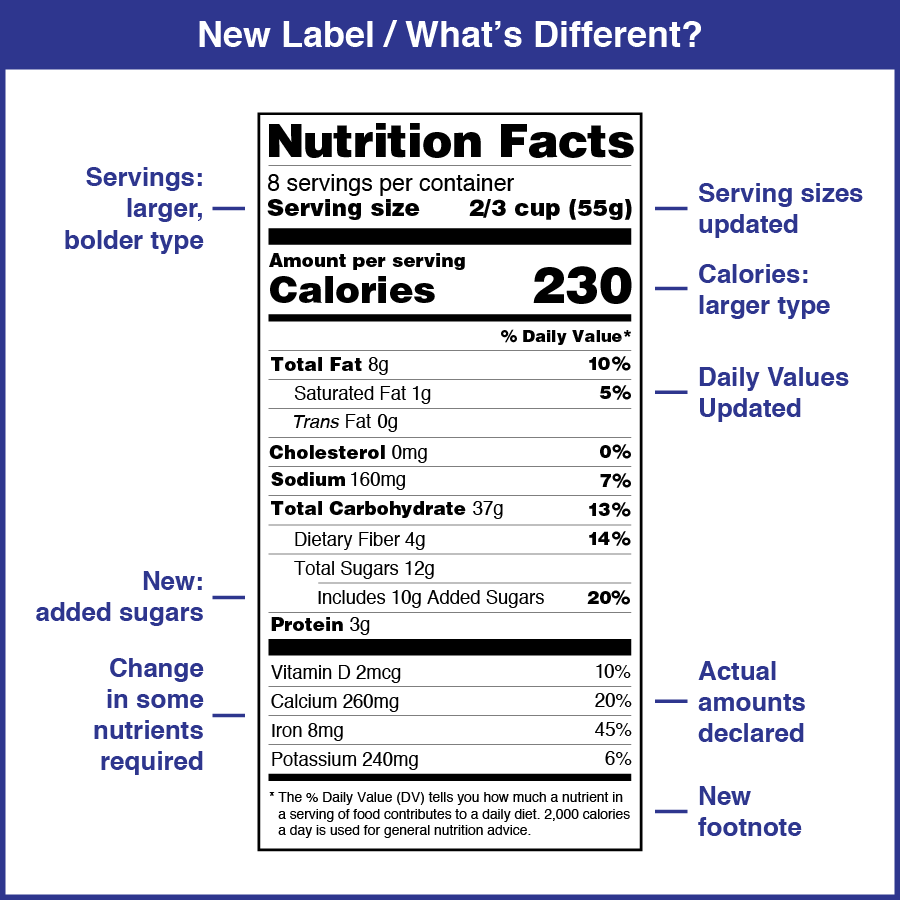
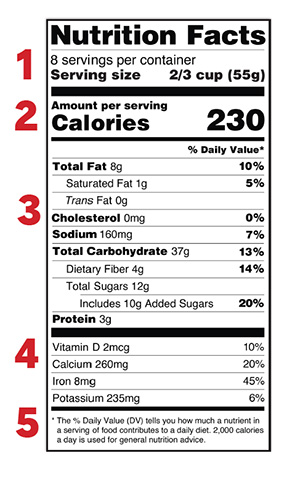


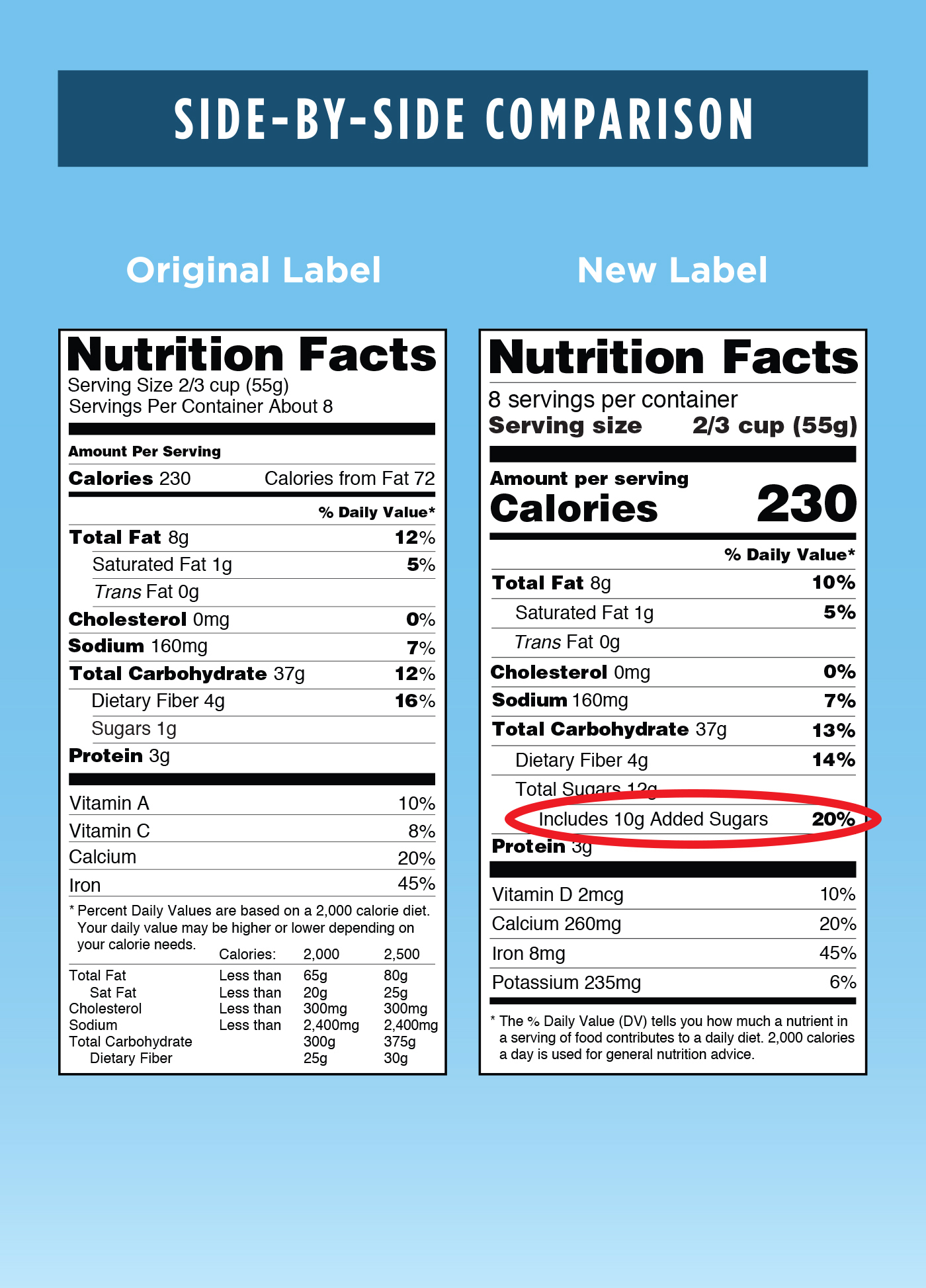

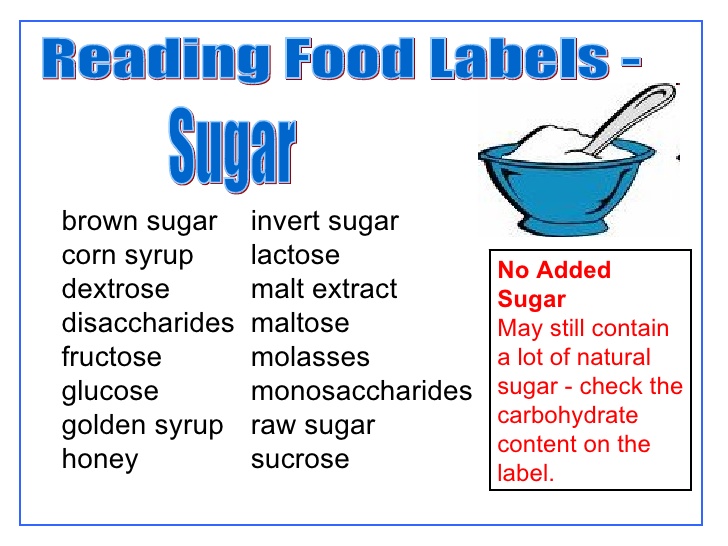
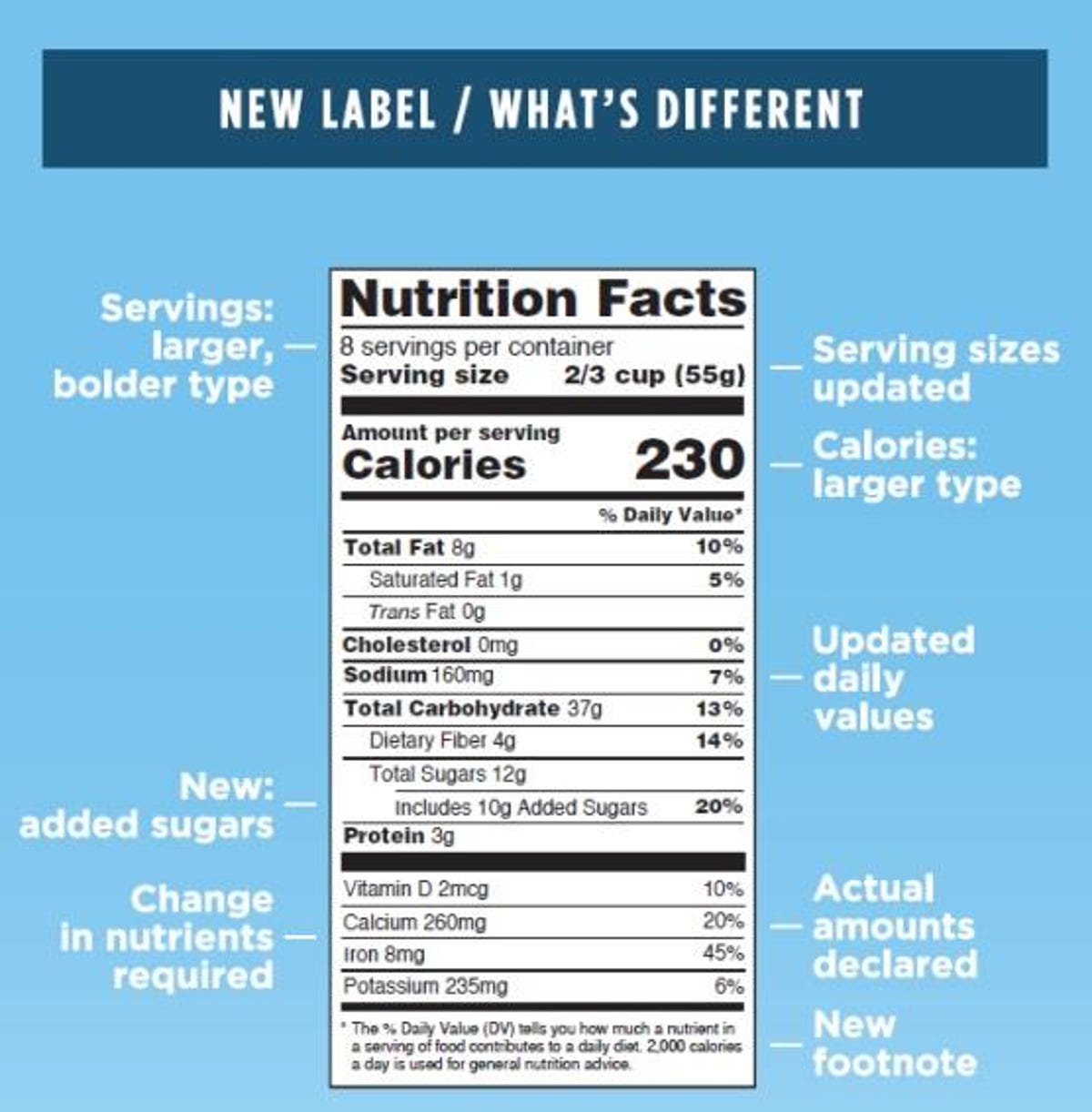
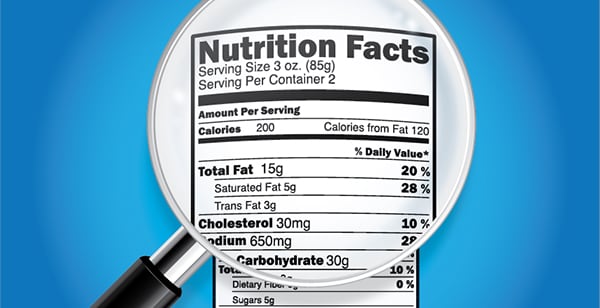



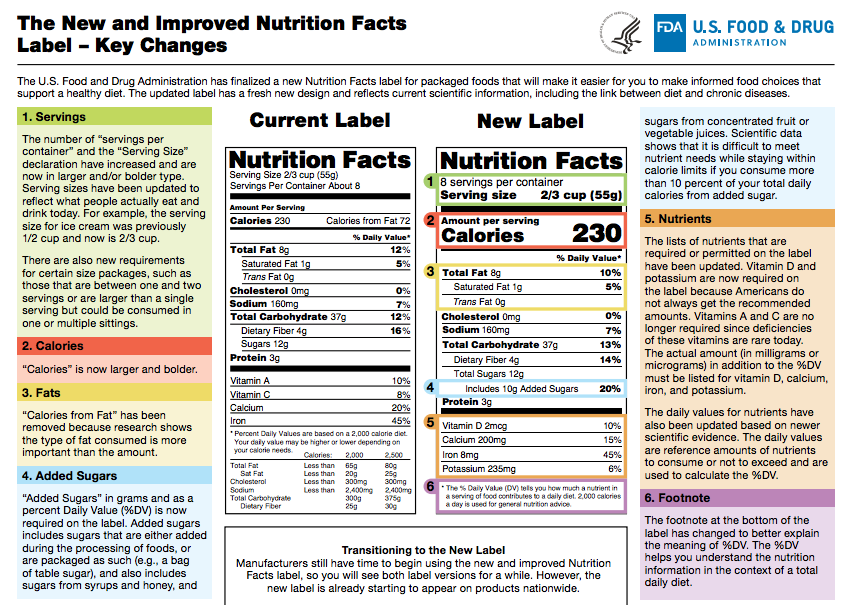

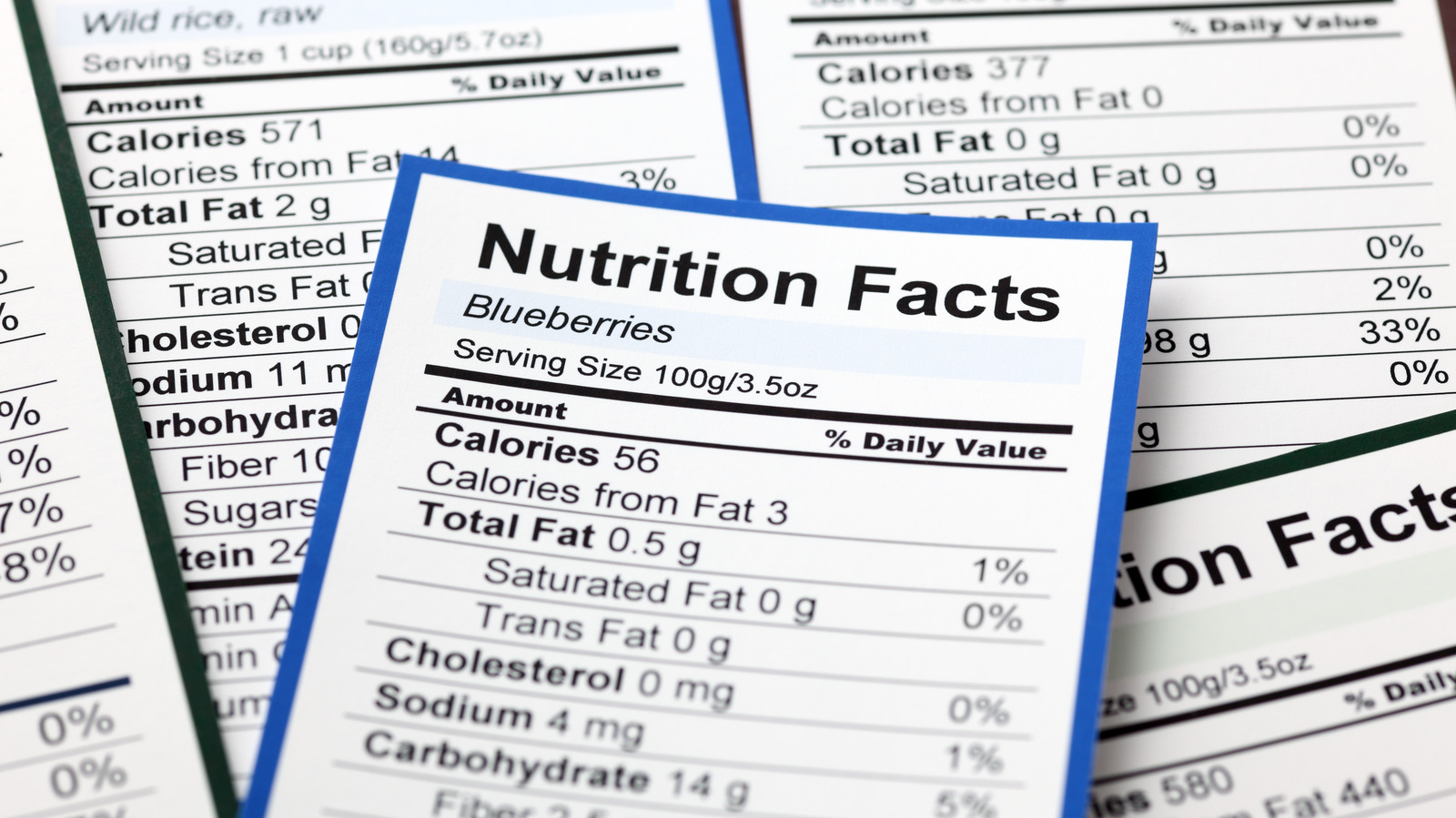


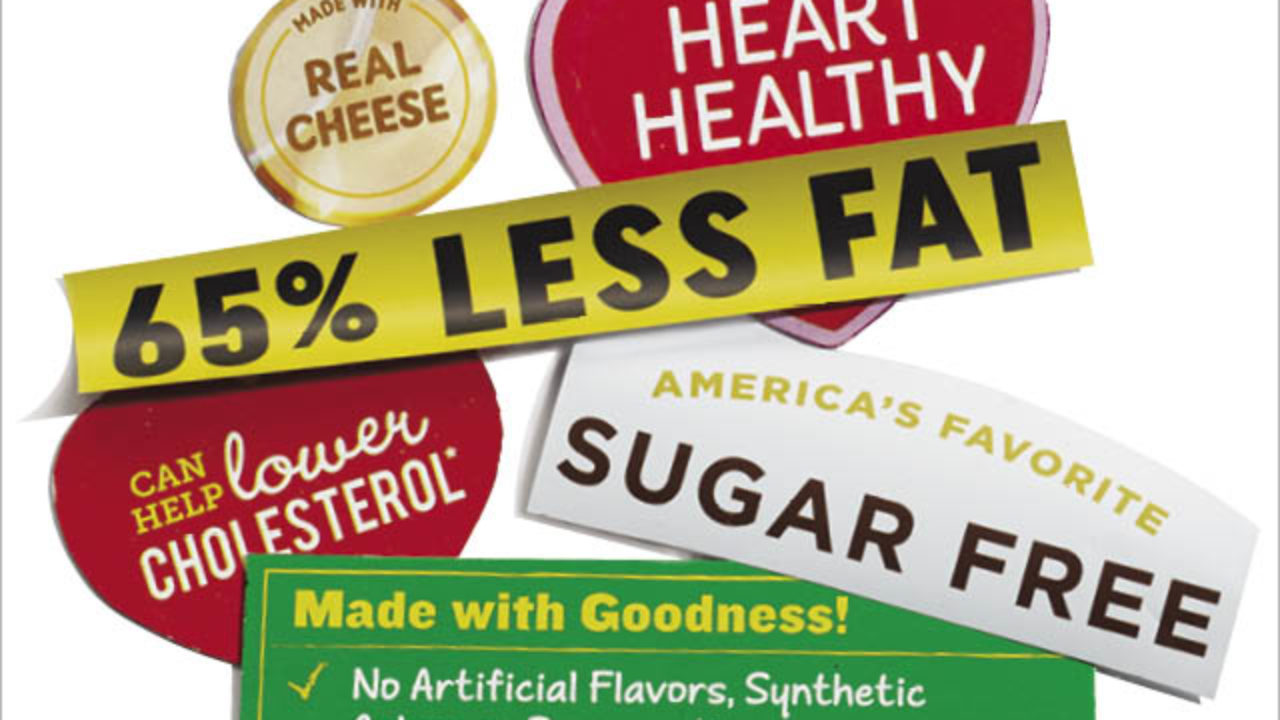


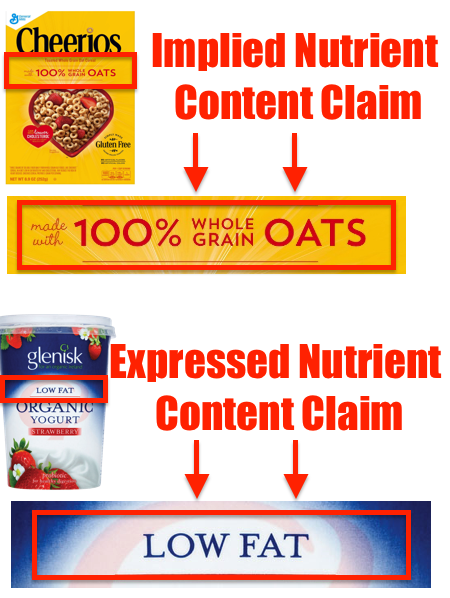


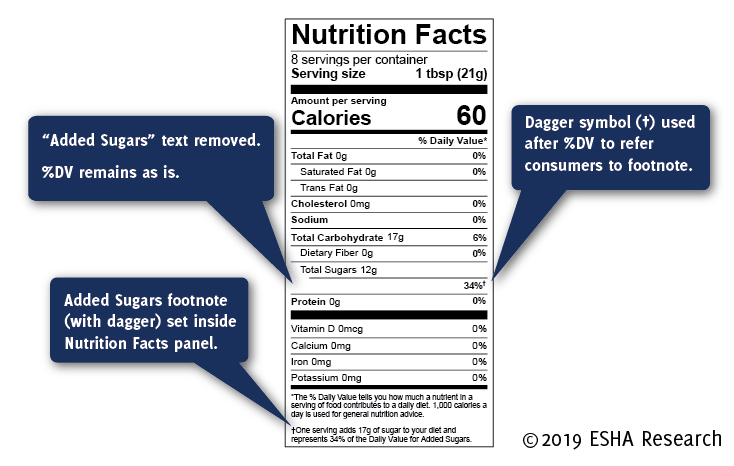
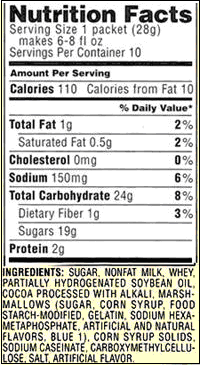
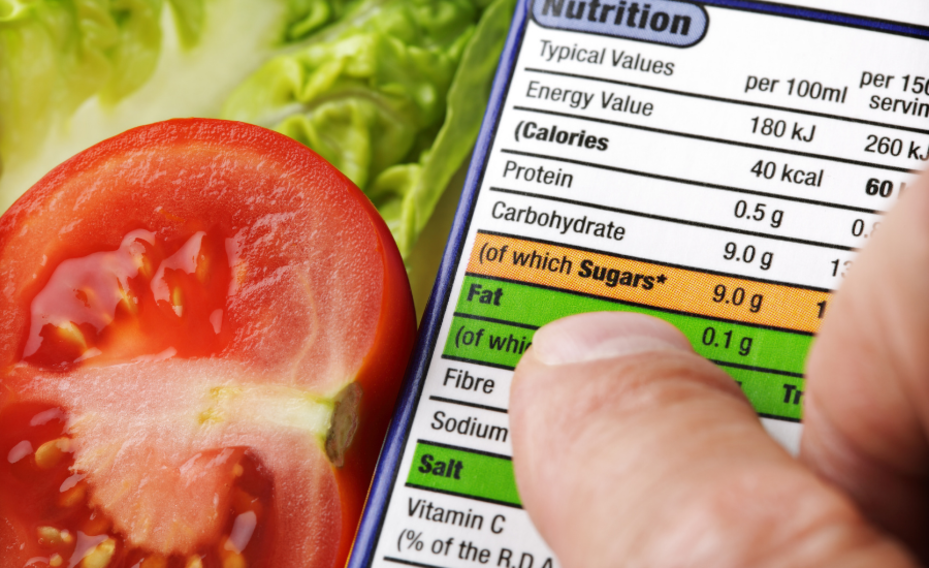
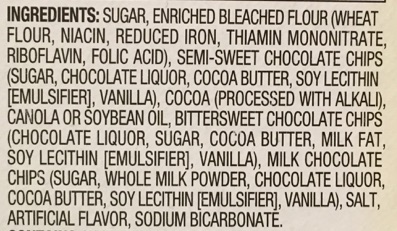
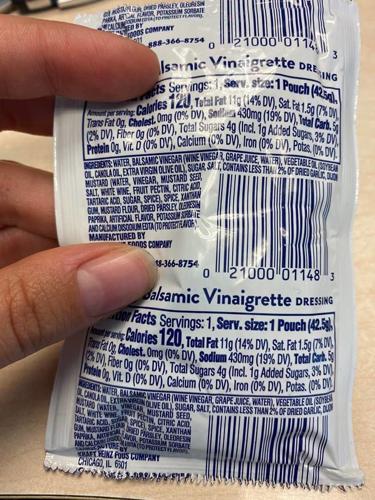




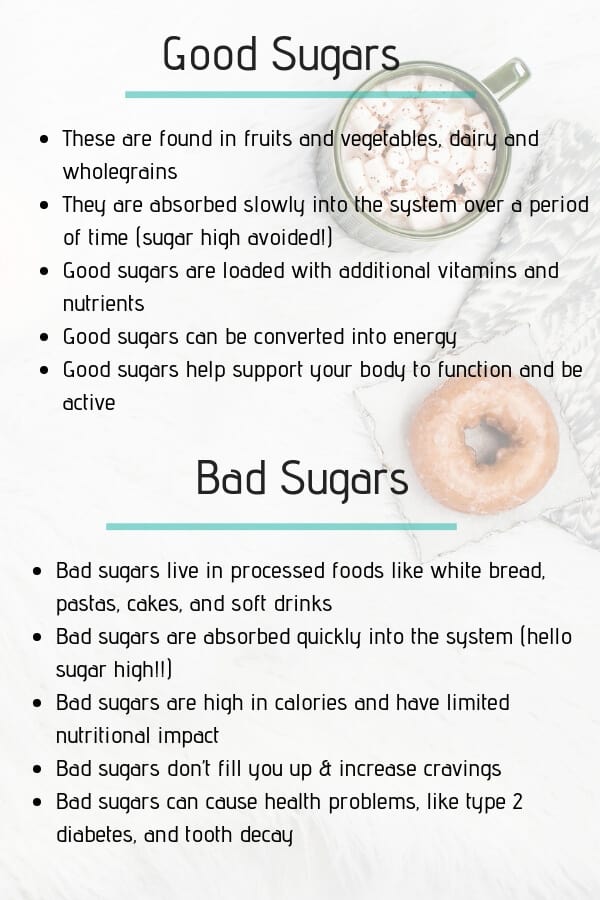
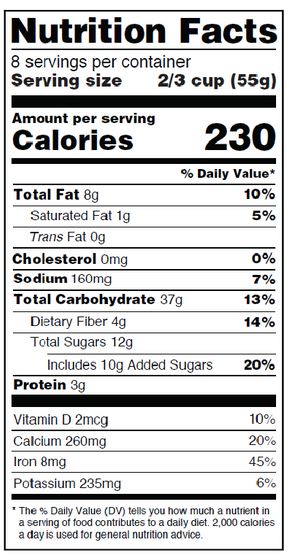

Post a Comment for "40 understanding sugar content food labels"